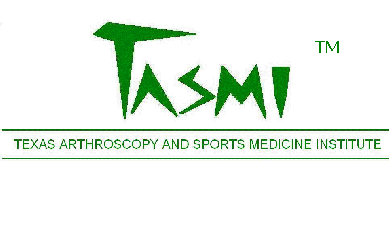|
| |
MRI
 |
MRI stands for Magnetic Resonance Imaging. As the name
implies, it is a way to image (look inside) the body using magnetic fields
(and radio waves). Unlike traditional imaging modalities, such as x-rays and CT
scans, there is no exposure to ionizing radiation. Also, MRI is far superior
to older imaging modalities when it comes to visualizing soft tissue
structures. Bony detail is usually better delineated with x-rays and CT scans,
although MRI can give some additional information regarding the internal
structure of bones. |
 |
MRI does have limitations, however. The magnetic field
can become distorted around metallic objects, so metallic implants such as
screws and artificial joints make the MRI picture blurry in the vicinity of
the implants. Current metallic surgical implantable devices are typically made
of stainless steel or titanium alloy, both of which are not magnetic metals. However, shrapnel imbedded in the body can be tugged at by the strong magnetic
field required for MRI. Such tugging on shrapnel in most locations causes
no problems. However, shrapnel consisting of magnetic metals in certain
sensitive locations can lead to problems if placed in strong magnetic fields. Also, implanted electronic devices such as pacemakers can have their function
affected by magnetic fields. It is therefore important for patients to inform
their physicians and imaging technicians if they have had any such devices, or if they think they may
have shrapnel from previous injuries, prior to undergoing MRI. |
 |
Also, it is important to remember that no imaging
modality is 100% accurate, including MRI. This tests, while noninvasive, is
not as good as direct observation of tissues during surgery. The accuracy of
MRI varies with the structures being imaged. Also, the clarity of the pictures
generated by MRI depends to a large part on the machine used, the software
used, the proficiency of the imaging technician, the imaging protocols, and
the degree to which a patient cooperates by being as still as possible during
the imaging process. Lastly, an area that has undergone previous surgery is
altered by the surgical intervention, making MRI diagnosis less reliable than
it would otherwise be. |
 |
Traditional MRI machines have been termed
"closed", and look like long tubes into which people are slid using a moving
gurney. Some people are too claustrophobic to tolerate this without sedation. Open MRI machines avoid the tube, but in the past have resulted in image quality
substantially poorer than closed machines. However, recent advances in
magnetic field generation and imaging software has led to the development of
open MRI machines with image quality rivaling that of traditional closed
machines, while avoiding the feeling of being confined in a tight space. |
 |
MRI is a valuable tool that, if used correctly in
concert with other information, can help diagnose structural problems in the
body. Its main use in Sports Medicine is to help determine if a structural
problem requiring surgical intervention is likely present. |
|
